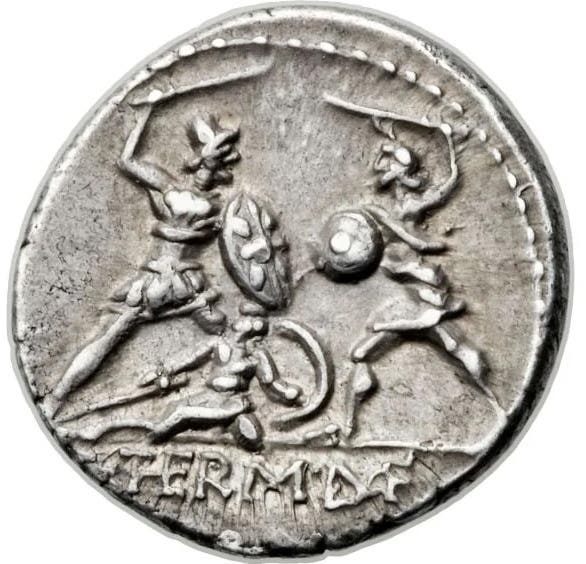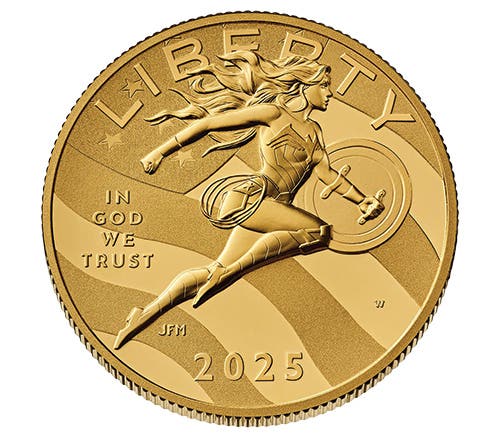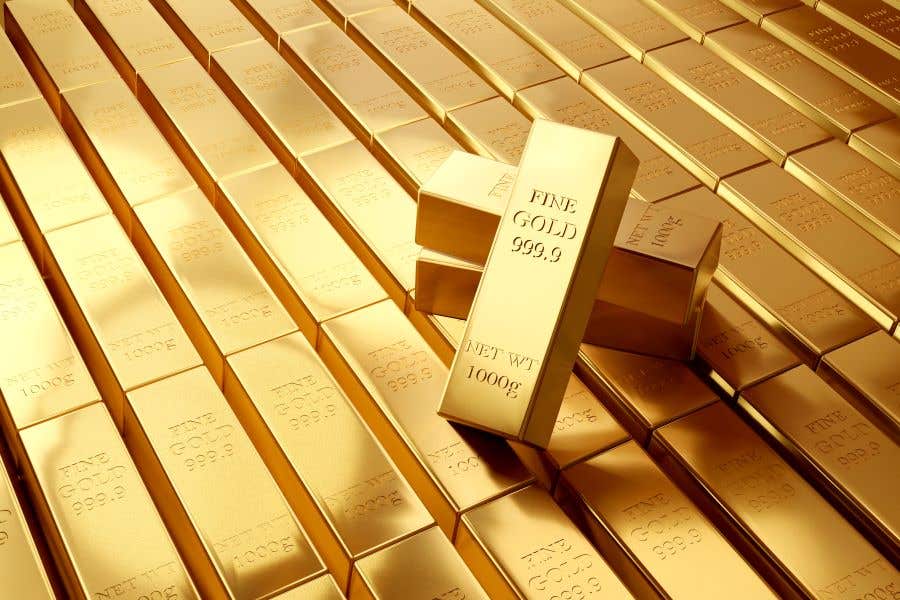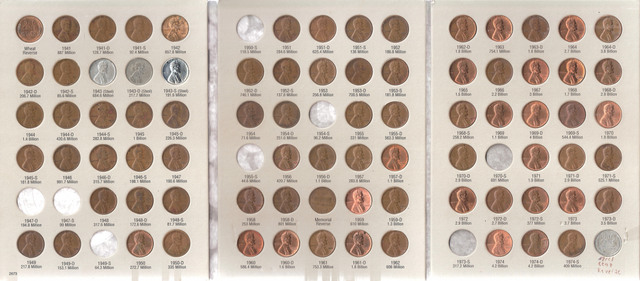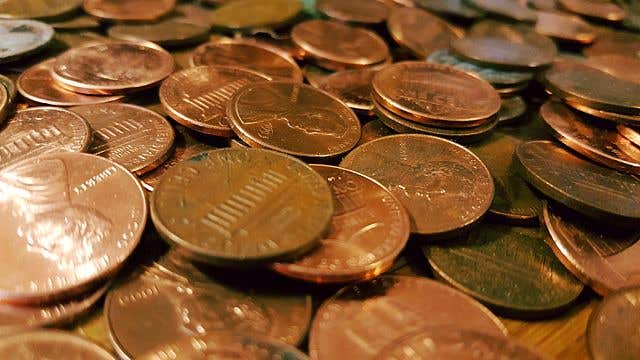Golden Week’s Effect on Precious Metals
The U.S. government is the entity with the most to lose if gold and silver prices rise. There are perhaps 12 trillion dollars’ worth of U.S. currency and U.S. Treasury debt held by foreign governments, central banks, businesses and individuals.
The U.S. government is the entity with the most to lose if gold and silver prices rise. There are perhaps 12 trillion dollars’ worth of U.S. currency and U.S. Treasury debt held by foreign governments, central banks, businesses and individuals. The currency constitutes an interest-free loan to the U.S. government. The Treasury debt helps enable the U.S. government to continue massive deficit spending.
The federal government has explicitly been authorized to manipulate the price of gold since the creation of the Exchange Stabilization Fund in 1934 (using a large chunk of the paper profits from when it raised the price of its gold reserves from $20.67 to $35 per ounce). Declassified documents up to about a decade ago confirm that the government has constantly done so.
Since the price of silver rises or falls in conjunction with the price of gold about 70 percent of the time, that also gives the U.S. government an incentive to suppress the price of that metal.
The American federal government budget and the American economy are each the largest of any nation. Thus, the U.S. government has the legal authority, the financial incentive, the past track record and the financial clout to act to hold down gold and silver prices.
The federal government does not directly buy and sell physical gold to suppress its price. Instead, it works through the primary trading partners of the Federal Reserve Bank of New York, allied central banks, the International Monetary Fund and the Bank for International Settlements (BIS). A BIS brochure listing its banking services notes that it makes gold available to central banks for purposes of manipulating that market.
Tactics to help hold down the price of gold include borrowing or swapping gold to make it appear that there is more physical metal available than reflects reality. The maximum effect of this price suppression tactic is magnified when it is done during thinly traded markets. These times often occur around major holidays in major gold markets.
The economic woes in China (such as collapsing real estate market, falling consumer demand, falling value of the Chinese yuan currency to the U.S. dollar) has led to a surge in demand by Chinese citizens to purchase gold and silver. This led the Chinese government to limit imports of these metals to try to put a lid on the trade. The result of this supply squeeze was for the spot price of gold in China a few weeks ago to trade for more than $120 above the London market price. Silver’s spot price in China rose to $2 above the London market. Gold reached an all-time high price as measured in yuan (Saudi Arabia also saw gold’s price reach an all-time peak as measured in that nation’s riyal).
A couple weeks ago, the Chinese government gave up limiting gold imports. That quickly led to the evaporation of most of the premium of the spot price. Buying surged in that country through Thursday last week (Sept. 28).
Then, the Chinese eight-day holiday called Golden Week began Friday last week (Sept. 29). It concludes Friday this week (Oct. 6).
With gold demand temporarily at almost a standstill in the world’s largest gold-consuming nation, this provided an extended opportunity for the prices of gold and silver to be clobbered during lower volume of global trading. I alerted followers of Liberty Coin Service’s Facebook page on Oct. 2 to expect weak precious metals prices this week.
If you have followed precious metals markets, you have seen gold on Oct. 4 briefly fall below where it closed on the COMEX on March 8, 2023, the day that Silicon Valley Bank failed. Silver, which had risen as much as more than 30 percent above where it closed on the COMEX on March 8, 2023, fell to as low as only 4 percent above the March 8 close. Platinum this week also fell to its lowest price in more than a year, while palladium’s price dropped to a five-year low.
When Chinese consumers are again able to purchase gold and silver on Monday, Oct. 9 (which begins at 6 p.m. EST on Sunday, Oct. 8 in the U.S.), I look for at least a partial recovery in gold and silver prices. This resurgence may also boost platinum and palladium prices. If you read this column before U.S. markets close on Oct. 6, you may be able to take advantage of a bargain buying opportunity.
Answer to the Previous Trivia Question
Last week, I asked: Who was the first U.S. coin designer ever elected to state or federal office?
The answer is Steven M. Bieda, the designer of the reverse of the U.S. 1992 Olympics commemorative half dollar. Bieda was one of the active advocates for the U.S. Mint to issue a commemorative coin to honor inventor Thomas Alva Edison (originally intended for 1997 on the 150th anniversary of his birth but was finally issued in 2004 for the 125th anniversary of the invention of the light bulb). He served as a State Representative in Michigan 2003-2009 and as a State Senator 2011-2019. Early this year, Michigan’s governor appointed him as a District Court Judge in Michigan’s Macomb County.
This Week’s Trivia Question
Until which decade were some North Carolina banks willing to accept privately issued Bechtler $1, $2.50 and $5 gold coins (struck from 1831-1850) at full face value? Come back next week for the answer.
Patrick A. Heller was honored as a 2019 FUN Numismatic Ambassador. He is also the recipient of the American Numismatic Association 2018 Glenn Smedley Memorial Service Award, 2017 Exemplary Service Award, 2012 Harry Forman National Dealer of the Year Award and 2008 Presidential Award. Over the years, he has also been honored by the Numismatic Literary Guild (including in 2021 for Best Investment Newsletter), Professional Numismatists Guild, Industry Council for Tangible Assets and the Michigan State Numismatic Society. He is the communications officer of Liberty Coin Service in Lansing, Mich., and writes Liberty’s Outlook, a monthly newsletter on rare coins and precious metals subjects. Past newsletter issues can be viewed at www.libertycoinservice.com. Some of his radio commentaries titled “Things You ‘Know’ That Just Aren’t So, And Important News You Need To Know” can be heard at 8:45 a.m. Wednesday and Friday mornings on 1320-AM WILS in Lansing (which streams live and becomes part of the audio archives posted at www.1320wils.com).




